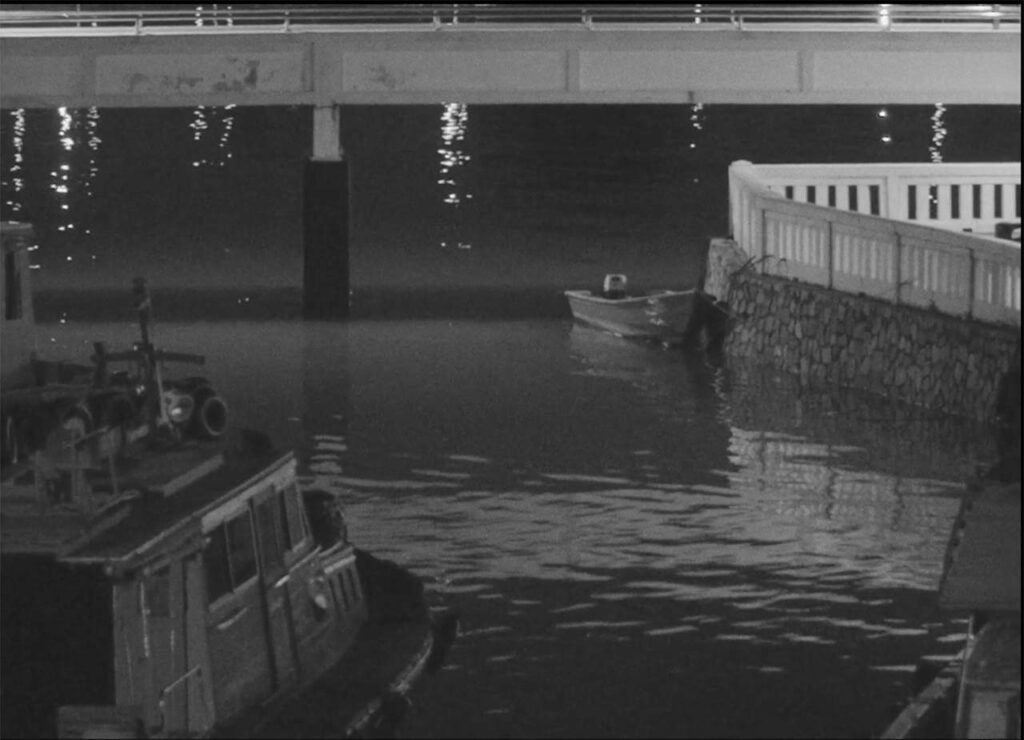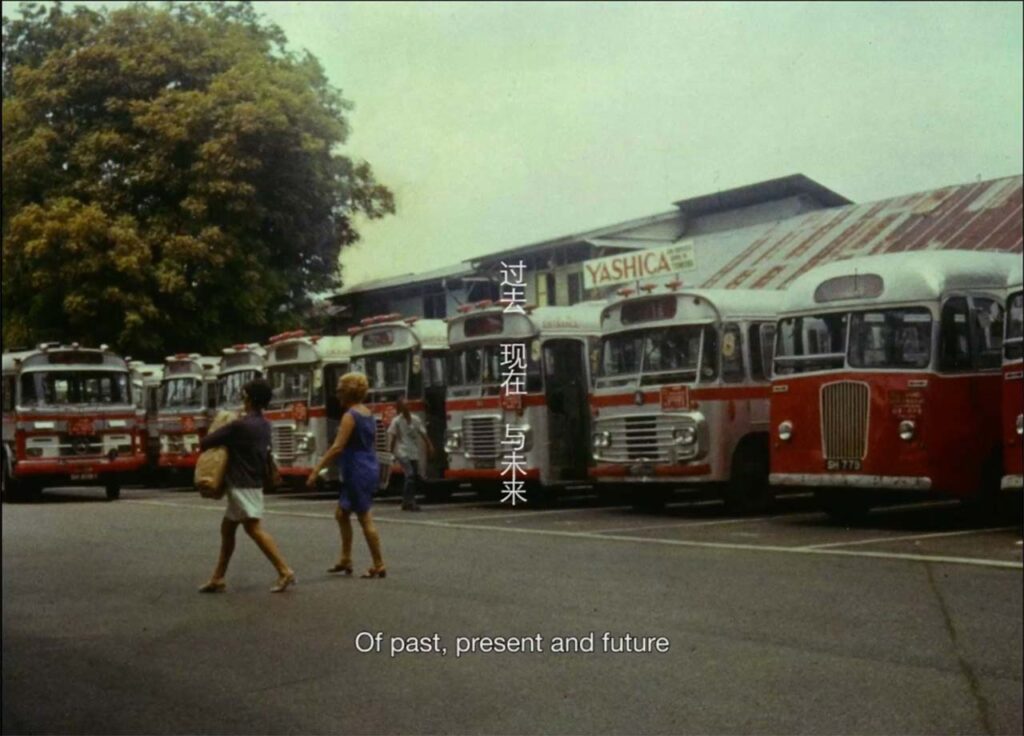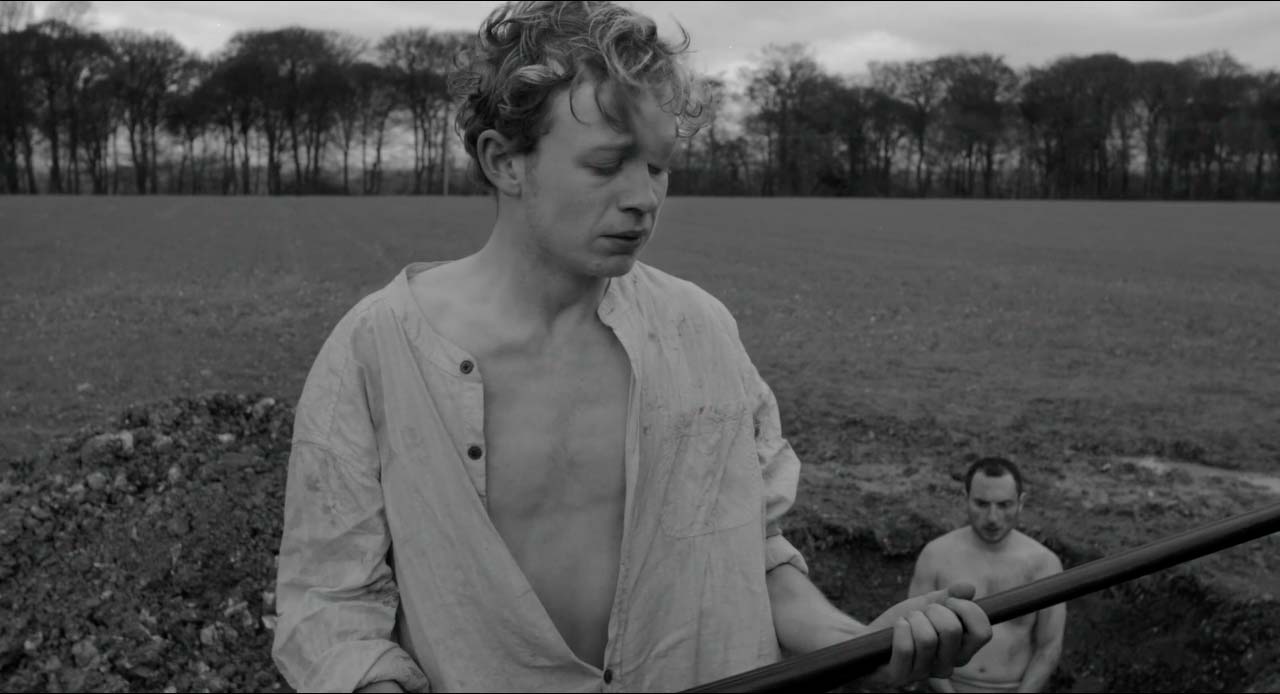Tales of Strangers
The Youth Jury and Critics program, caught my eye because of how much it offered along with the scope to learn. Coming from a film school, I realized that this program is extremely helpful in terms of understanding the real world of films and what happens when you have a film in your hand, but don’t know what to do with it. Lecturers, with great industry experience, help us to better understand the practicality, dimensions and opportunities that the industry holds. Yes, stories and how to construct one is essential to one’s career but so are the other aspects of the film industry. If you’re a budding filmmaker or film journalist, an all-round information and understanding is helpful. Exposure to Southeast Asian films provides a golden opportunity to work and discuss with the filmmakers and learn more about their process.
“How frail the human heart must be – a mirrored pool of thought. So deep and tremulous an instrument of glass that it can either sing, or weep” – Sylvia Plath.
It is interesting to imagine the story as nothing but a world inside the filmmaker’s head, created by the deepest emotions dwelling within their hearts; translated onscreen.
Inspired by this quote, I looked at – “Five Trees” by Nelson Yeo and “A Bed Without a Quilt” by Ivan Tan. They highlight their essential themes by the use of physical space. The use of symbolism and contrast embedded within the physical space of the film helps us discover and break down the film better.
I was curious about the reason behind the visuals used in these films. The physical locations within these movies, intrigue me. At a first glance, they give a sense of finesse and satisfaction, they don’t disturb, in fact they carry you smoothly through the course of the film, carefully, never faltering. It is observational, looking at the story of a stranger and dwelling into their mind.

When I look at “Five Trees”, the first half, (the night-time), there is a sense of comfort and letting go. It is almost as though we have been transported to a dream world inside the filmmaker’s mind. Now, in the light of the idea of the “cycle – of –life” which is highlighted by the mention of ‘death and replacement’, this portion of the short film, can be seen as a representation of a void between life and death and the characters dwelling within are awaiting their acceptance into the world of the dead. Since, the spaces here – the bridge, the water, the skies, black and white, with nobody else around, seem vast, unending and lonely. The only characters we see here are Keow and Mok, cats and an unknown couple. The water is gently moving, shaking an empty boat, the bridges are lonely, except for these two who walk on it, the sky is blocked by trees and a plane that flies far off. It gives a sense of a never ending journey, a mysterious search for solace.
This void is filled by cats, who appear to be bridging the gap between life and death. We see a cat, walking through the streets, bridges, watching the spirits, and then walking out into a building which is a part of the ending of the film, appearing to be the world of the living. In this world, we see streets, mostly occupied by a lot of humans. Each shot is framed like a photograph, frozen in time. The sudden occupation, use of color and locations that exhibit a sense of life – shops, apartments etc. Unlike the alleys and bridges, even water, which exhibit a sense of inoccupation. This change in physical space and the way it is portrayed reflects upon the idea of the life cycle, how the living balance the dead by replacing and re-populating the space and dead are soon forgotten. Hence, the physical landscape of “Five Trees” can be said to be a metaphor to the life cycle.

Slightly different, however, I consider the physical landscape within “A Bed Without a Quilt”, as a reflection of the main character’s mind. The film has two different landscapes – the muddy terrain and the vast open land. These two physical spaces are different parts of the main character’s mind: – the logical and the emotional. The muddy terrain from where we see him enter, is the logical side, with the small hole in the ground containing water, and a small snail crawling towards it. The use of this symbolism is very strong by comprising of a sense of foreshadowing and it exhibits a sense of escape that the character dreams of from this forced entrapment and hindrance by his father, which is reflected by the muddy terrain. The hope, however is tiny, as is obvious – when he walks in, he bends down and picks up the snail; in this wide shot, it is hard to identify where the hole is.

The other landscape is the open space which gives me a breath of fresh air, the transition onto the other side, which is accentuated by the use of depleting wheat plants and then suddenly a plain ground wherein we see a man digging a hole, hence the foreshadowing pays off. The hope is here. However, since this is the emotional side of the character’s mind, the digging is perhaps a representation of a wound created by this unknown man in the emotional part of his mind wherein he is in denial to accept his true sexual identity. He is forced to confront it, but he is too scared to accept. The title “A Bed Without a Quilt” – sounds like a compromise, but has a hopeful feel to it; this can be reflected back to the two parts of his world, wherein he strikes a huge compromise, for his father, who asks him to shoot the man he begins to love.

Hence, these films, play greatly with symbolism as a tool in order to establish the themes and build the narrative. This is an essential quality, visible within this year’s selection of South East Asian Films. These two films, having utilized physical space to work parallel with symbolism, give an interesting angle and act as an effective representation of the selected films.


